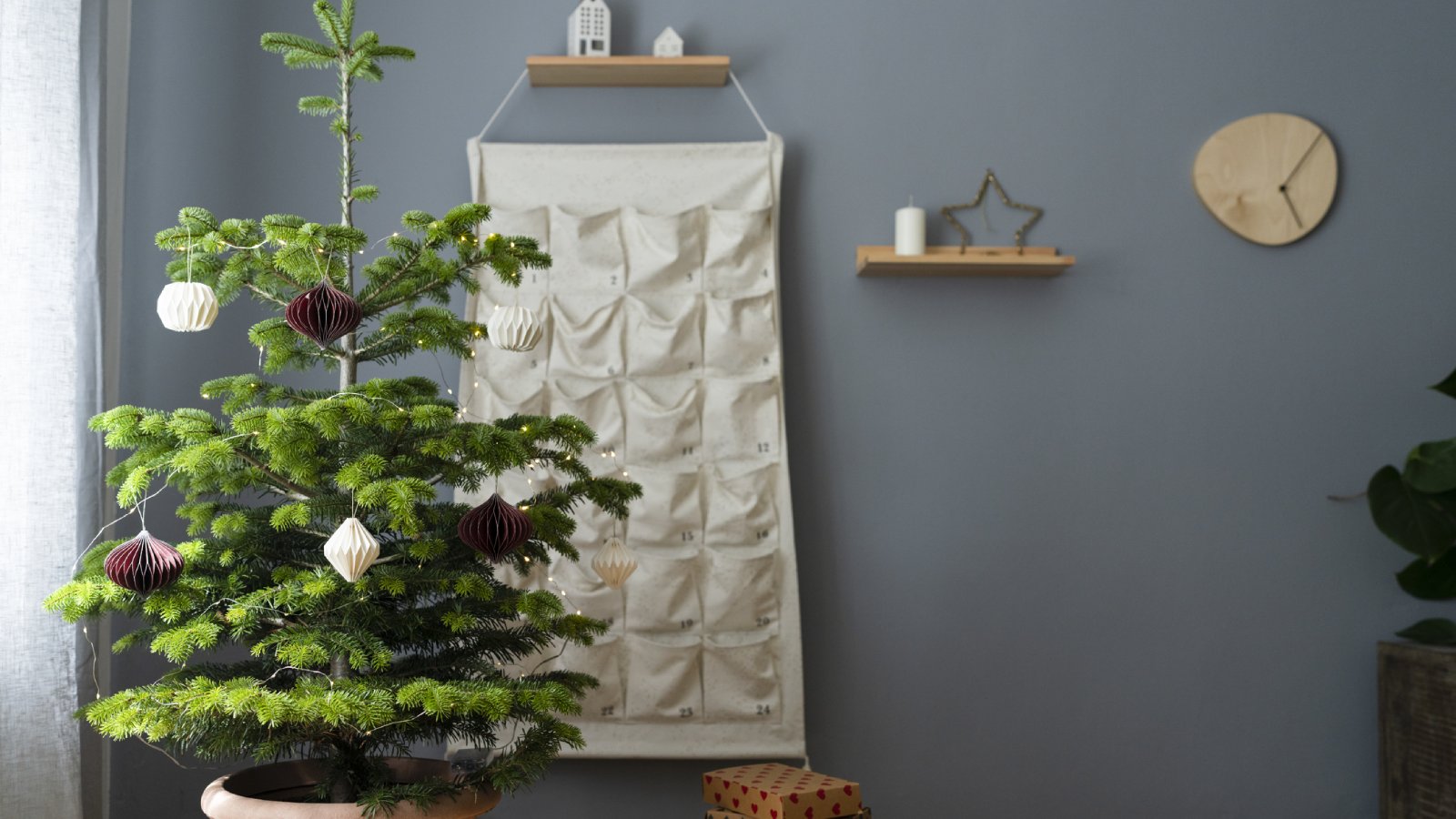Christmas Tree Care: Caring For A Live Christmas Tree In Your Home


Caring for a live Christmas tree doesn't have to be a stressful event. With proper care, you can enjoy a festive-looking tree throughout the Christmas season. Let's look at how to keep a Christmas tree alive through the holidays.
How to Keep a Christmas Tree Alive
Keeping a Christmas tree alive and healthy throughout the holiday season is easier than one might think. It takes no more effort in caring for a live Christmas tree than it does a vase of cut flowers. The most important aspect of live Christmas tree care is water. This is true for both cut trees and living (root ball intact) Christmas trees. Water will not only keep the tree alive but will also prevent safety issues associated with drying out. Location is another important consideration. Where the tree is placed in the home determines its longevity.
Cut Christmas Tree Care
Fresh cut trees will last longer by practicing a few simple guidelines. First, you should acclimate the tree before bringing it directly into your home. Going from one extreme to another, such as a cold outdoor environment to the heated indoors, can cause stress on the tree, resulting in dryness and the premature loss of needles. Therefore, it's better to set the tree in an unheated area, like the garage or basement, for about a day or two before bringing it inside. Next, you should recut the tree about an inch (2.5 cm.) or so above the base. This will help the Christmas tree absorb water more readily. Finally, make certain the Christmas tree is placed in a suitable stand with plenty of water. Depending on the size, species, and location of your Christmas tree, it may require up to a gallon (3.8 L) or more of water within the first few days in the home.
Live Christmas Tree Safety
Whether caring for a live cut tree or a living one, preventing dryness is key to live Christmas tree safety. Therefore, it's important to keep the tree watered thoroughly and check water levels daily. A well-watered Christmas tree doesn't pose any fire risks. Additionally, the tree shouldn't be located near any heat sources (fireplace, heater, stove, etc.), which will cause drying. It is also a good idea to keep the tree located where it is less likely to be knocked over, such as in a corner or other seldom travelled area. Make sure all the lights and electrical cords are in suitable working condition as well and remember to turn them off when going to bed at night or leaving for long periods.
Living Christmas Tree Care
Small living Christmas trees are generally kept in a container with soil and treated much like a potted plant. They can be replanted outdoors in spring. The larger living Christmas trees, however, are generally placed in a Christmas tree stand or other suitable container. The root ball should be moistened well and kept this way, watering as needed. The most important consideration with living trees is their length of stay within the home. These trees should never be kept indoors for more than ten days.
Sign up for the Gardening Know How newsletter today and receive a free copy of our e-book "How to Grow Delicious Tomatoes".

Nikki Tilley has been gardening for nearly three decades. The former Senior Editor and Archivist of Gardening Know How, Nikki has also authored six gardening books.